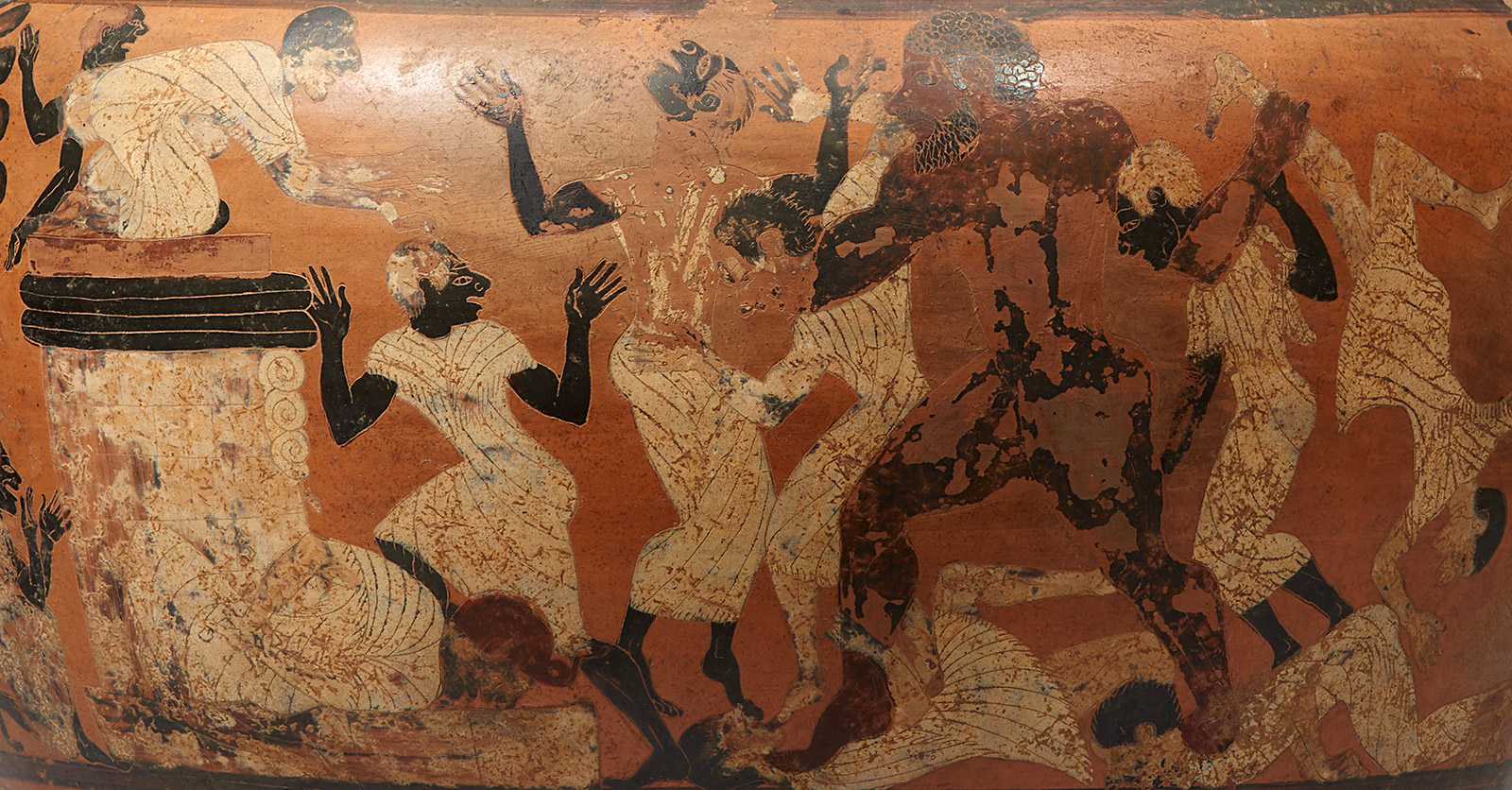…When old age shall this generation waste,
Thou shalt remain, in midst of other woe
Than ours, a friend to man, to whom thou say’st,
“Beauty is truth, truth beauty,—that is all
Ye know on earth, and all ye need to know.”
–John Keats, “Ode on a Grecian Urn”
Login to read more
Sign in or create a free account to access Subscriber-only content.
